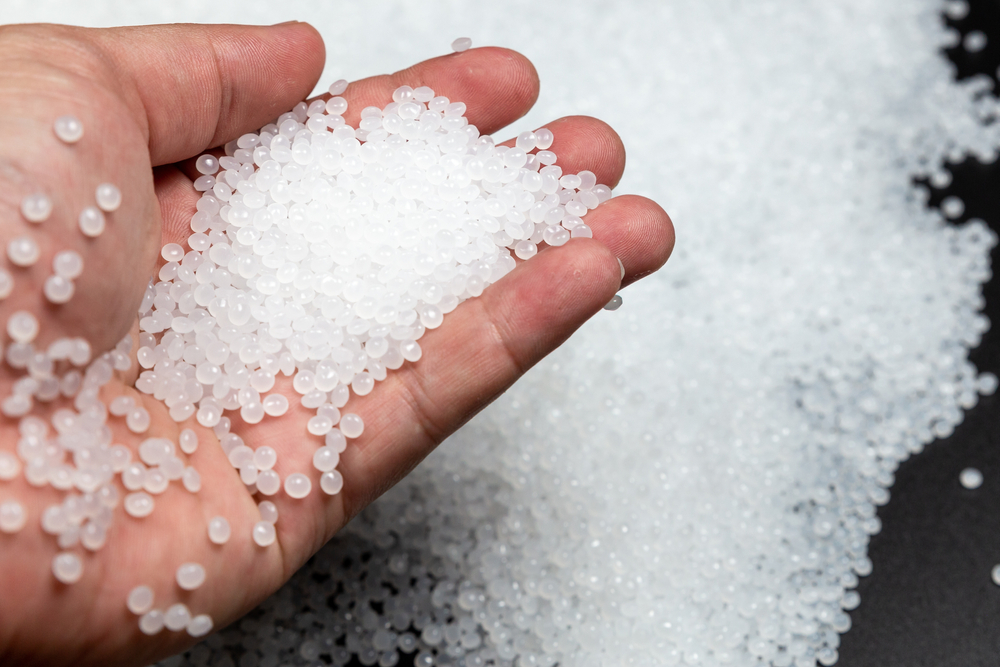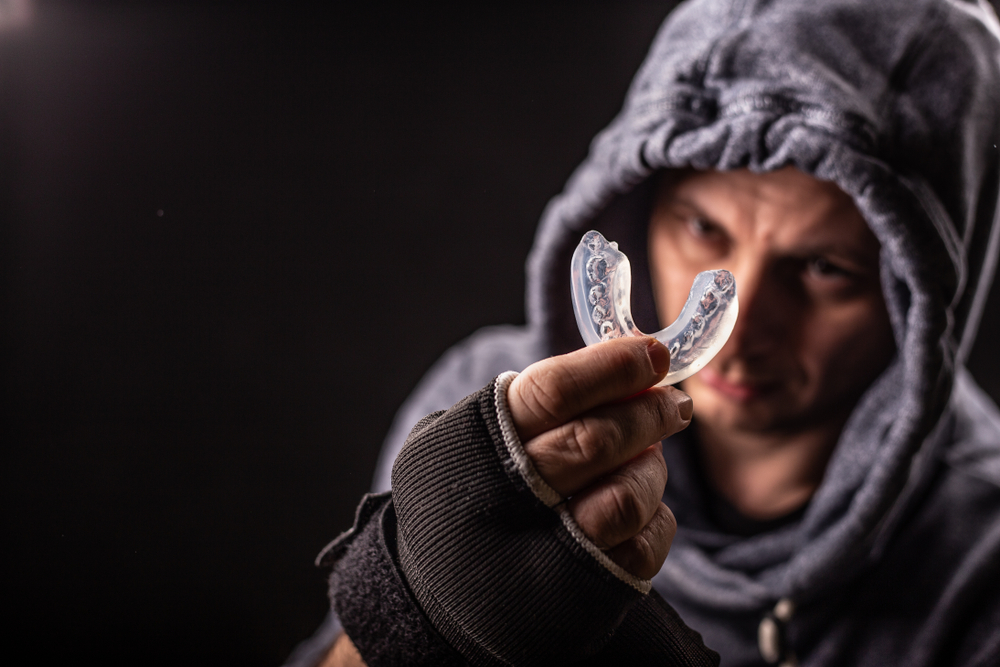Clear aligner therapy has become a cornerstone of modern orthodontics, offering patients a discreet and comfortable alternative to traditional braces. While digital treatment planning and 3D printing often get the spotlight, the real science of aligner effectiveness begins with the material itself. Thermoplastic polymers give aligners their flexibility, transparency, and strength, all of which are key factors that directly impact treatment outcomes. Understanding these materials can help dentists collaborate more effectively with dental labs and ensure predictable, successful cases.
In This Blog:
- What Are Thermoplastic Materials?
- Common Thermoplastics Used in Clear Aligners
- Material Science and Performance in Treatment
- Innovations in Thermoplastic Technology
- Clinical Implications for Dentists and Labs
- The Future of Thermoplastics in Orthodontics
What Are Thermoplastic Materials?
Thermoplastic materials are a class of polymers that soften when heated and harden again when cooled. This reversible property makes them ideal for applications like clear aligner fabrication, where precise forming and durability are equally important. Unlike thermoset plastics, which permanently harden after being molded, thermoplastics can be reshaped and refined through heat without losing their structural integrity.
For dentistry, this adaptability is invaluable. When processed with thermoforming or digital workflows, thermoplastics can be molded with precision to match a patient’s unique dental anatomy. This ensures an aligner that not only fits accurately but also delivers controlled and consistent forces needed to move teeth effectively.
Beyond their molding properties, thermoplastics possess other essential characteristics for intraoral use, such as:
- Transparency: Their inherent clarity allows aligners to remain nearly invisible, meeting patient demands for discreet orthodontic care.
- Flexibility and Strength: They provide a balance of elasticity for comfort and rigidity for tooth movement, which is critical for compliance and results.
- Biocompatibility: Dental-grade thermoplastics are safe for continuous intraoral wear, minimizing the risk of irritation, allergic response, or toxicity.
- Durability: They can withstand constant mechanical stress from chewing, speaking, and nighttime grinding, while maintaining force delivery over the typical two-week wear cycle.
In short, thermoplastics serve as the foundation of clear aligner technology, bridging the gap between digital design and clinical performance. Without the right polymer, even the most advanced aligner treatment plan would fail to achieve consistent, predictable outcomes.
Common Thermoplastics Used in Clear Aligners
Several types of thermoplastics are used in aligner manufacturing, each with distinct advantages:
- Polyurethane (PU): Known for its excellent flexibility and crack resistance, polyurethane provides comfort while maintaining effective force delivery.
- PET-G (Polyethylene Terephthalate Glycol-modified): Offers high clarity, making it nearly invisible, and is easy to thermoform, ensuring precise fit.
- Multi-Layer Composites: Combine different polymers to maximize strength, flexibility, and comfort in a single aligner.
Choosing the right material can influence not only the aesthetics and durability but also the biomechanics of tooth movement.
Material Science and Performance in Treatment
The balance of stiffness and flexibility in thermoplastics is crucial:
- Rigidity ensures the aligner can apply consistent force to guide teeth into place.
- Flexibility enhances patient comfort and helps prevent fractures.
Material wear resistance also impacts how long aligners maintain their effectiveness, especially for patients with bruxism. Additionally, biocompatibility ensures safety, reducing the risk of irritation or allergic reactions.
Innovations in Thermoplastic Technology
Recent advancements in polymer science are driving aligner therapy forward:
- Multi-layered materials designed for improved wear resistance and force control.
- Stain-resistant coatings to improve esthetics over the typical two-week wear cycle.
- Temperature-activated aligners that respond to body heat, optimizing force application.
- Shape memory polymers that can return to a preset shape, offering new treatment possibilities.
- Integration with 3D printing workflows, streamlining the production of highly customized aligners.
Clinical Implications for Dentists and Labs
For dentists, material selection is more than a technical detail. Selecting the right material directly impacts patient compliance and treatment efficiency. Patients are more likely to wear aligners that feel comfortable, resist staining, and remain invisible. Communication with your lab about case requirements and patient needs ensures the right material is selected for each situation. Labs that stay current with thermoplastic innovations can provide superior products that help you deliver predictable results.
The Future of Thermoplastics in Orthodontics
Looking ahead, material science will continue to push the boundaries of aligner therapy. Researchers are developing eco-friendly, recyclable polymers to meet sustainability goals. At the same time, advances in AI-driven treatment planning are integrating with material properties to optimize force application and treatment timelines. As clear aligners become more sophisticated, material science will remain at the heart of innovation.
Conclusion
Thermoplastic materials are more than just the foundation of clear aligners, they are the key to their success. By understanding the science behind these polymers, dentists can better appreciate how material properties influence treatment outcomes. Partnering with a dental lab that uses advanced thermoplastics ensures you’re providing patients with aligners that are comfortable, effective, and esthetically superior.
At Pan-Am Dental Lab, we utilize advanced thermoplastic materials and cutting-edge digital workflows to deliver clear aligners that combine comfort, durability, and aesthetics. By partnering with our team, you can feel confident that your patients will receive aligners designed for predictable tooth movement and maximum satisfaction.
Submit your next aligner case to Pan-Am Dental Lab and experience the difference that science-driven materials and expert craftsmanship can make in your practice.




